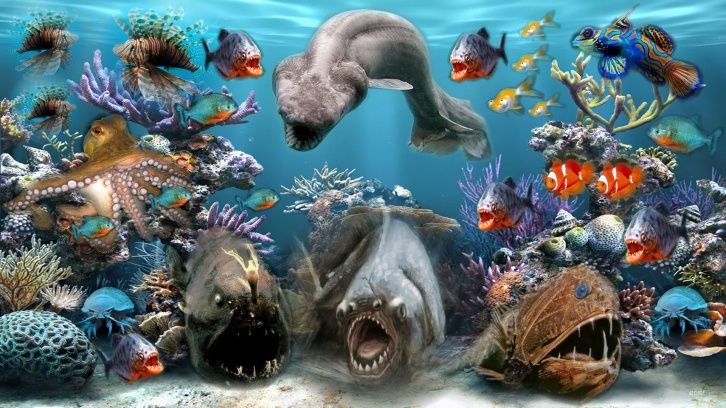
FAQ About Ocean Life

What is the life cycle of a sea turtle?
The life cycle of a sea turtle consists of several distinct stages, from hatching as a tiny hatchling to reaching sexual maturity as an adult. Here's an overview of the general life cycle of sea turtles:
- Nesting and Egg Laying: Female sea turtles return to land, typically the same beach where they were born, to lay their eggs. This nesting behavior occurs during specific nesting seasons. The female digs a hole in the sand using her flippers and deposits a clutch of eggs. She then covers the nest and returns to the sea, leaving the eggs to incubate.
- Incubation: The eggs remain buried in the sand for a period of time, typically ranging from 45 to 70 days, depending on the species and environmental conditions. The temperature of the nest plays a crucial role in determining the sex of the hatchlings, with warmer temperatures producing more females and cooler temperatures resulting in more males.
- Hatching: When the time is right, the hatchlings emerge from their eggs. They use a specialized temporary tooth called a "caruncle" to break open the eggshell. Once hatched, the hatchlings instinctively make their way to the surface of the sand.
- Dash to the Sea: After emerging from the nest, the hatchlings undertake a dash to the sea. They are guided by the natural light horizon, including the moon and the reflection of the sea. Hatchlings face numerous challenges during this journey, including predators, artificial lights, and obstacles on their way to the water.
- Early Life in the Ocean: Once in the water, the young hatchlings enter a pelagic phase, where they spend a significant portion of their early life in the open ocean. They float with ocean currents, feeding on plankton, small invertebrates, and seaweed, depending on the species.
- Juvenile Stage: After spending several years in the open ocean, the hatchlings transform into juveniles. They then migrate towards coastal habitats, such as coral reefs, seagrass beds, or rocky coastlines, where they find food and shelter. The duration of the juvenile stage varies among species but can last for several years.
- Maturation and Reproduction: As the sea turtles grow and mature, they reach sexual maturity. The timing for this varies depending on the species, with some sea turtles maturing as early as 5-7 years, while others may take several decades. Once sexually mature, adult sea turtles migrate back to nesting beaches to lay their own eggs, completing the cycle.
